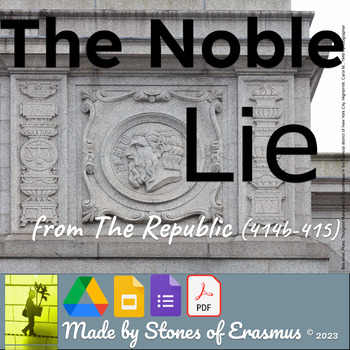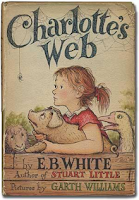 |
| First Period English Class: the students are there before I am. |
As an English teacher, one of the most important skills that I want to impart to my high school students is the ability to understand the tone of a work of literature. Whether it's a novel, a poem, or a play, the tone of a piece can have a huge impact on its overall meaning and message.
To teach my students about tone, I start by explaining that it's the overall attitude that the author has towards a subject. It's how the words and language used in literature convey the author's feelings and emotions. For example, the tone of a love letter might be romantic and sweet, while the tone of a letter of complaint might be angry and frustrated.
 To help my students understand tone better, I like to use examples from literature they are familiar with. I might ask them to consider the tone of a Shakespearean sonnet, for example, and how it differs from the tone of a modern love poem. I also have them read a passage from a novel and ask them to identify the passage's tone based on the words and language used.
To help my students understand tone better, I like to use examples from literature they are familiar with. I might ask them to consider the tone of a Shakespearean sonnet, for example, and how it differs from the tone of a modern love poem. I also have them read a passage from a novel and ask them to identify the passage's tone based on the words and language used.
Once my students understand tone, I like to use activities to help them practice identifying it in different works of literature. One activity I find particularly helpful is having them work in small groups to create a "tone map" of a piece of literature. Each group is responsible for identifying specific passages in the text and determining the tone of those passages. They can then present their findings to the class, discussing how the tone changes throughout the work and how it contributes to the overall meaning and message.
Another useful activity is to have students write their own pieces of literature, experimenting with different tones to see how it affects the meaning of their work. This can be an excellent way for students to get a feel for how tone works in practice and how they can use it to convey their feelings and emotions through their writing.
Overall, teaching high school students about tone in literature is a valuable skill that can help them better understand and appreciate the works they read. By using examples, activities, and practice, students can develop a strong understanding of how tone works and how it can impact the meaning and message of a piece of literature.
 |
| Teach quality educational content from Stones of Erasmus. |













